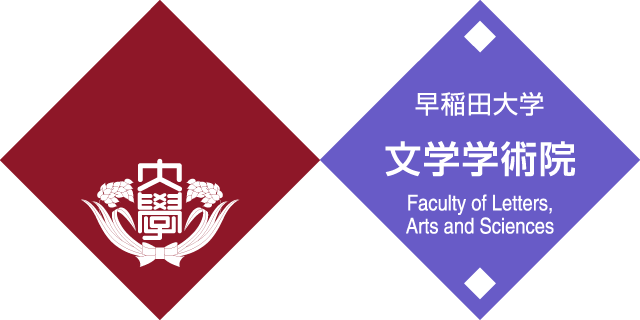- News
- Event Report: Special Lecture ”Seeking the Origin of Japanese Mokkan – Hieroglossia in Ancient Korean Mokkan” by Professor Sungsi Lee
Event Report: Special Lecture ”Seeking the Origin of Japanese Mokkan – Hieroglossia in Ancient Korean Mokkan” by Professor Sungsi Lee
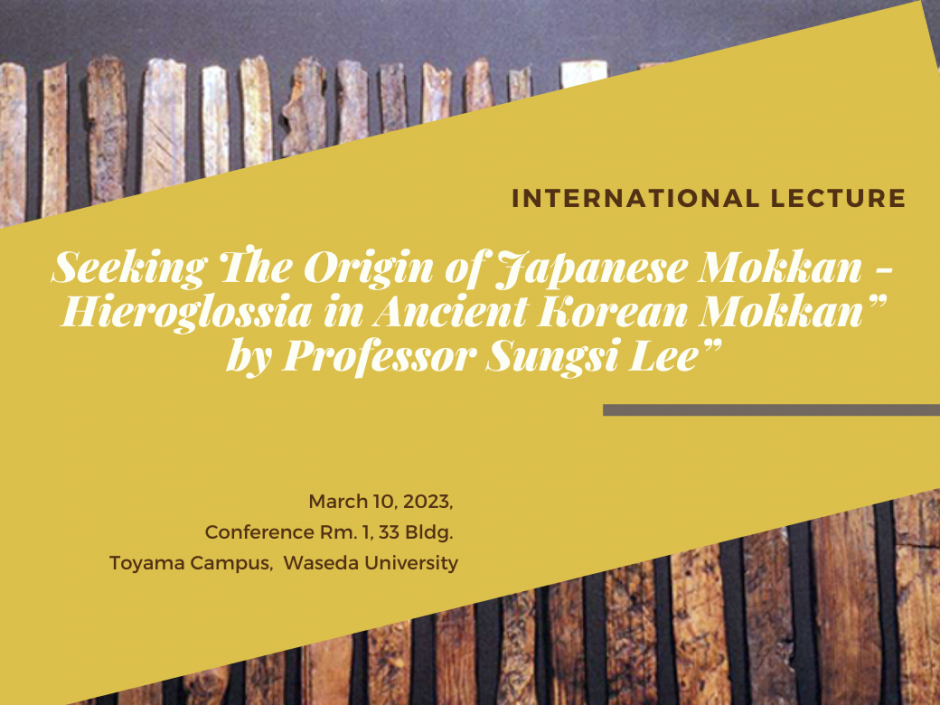
- Posted
- 2023年3月22日(水)
As part of the seminar series ongoing since the establishment of the Global Japanese Studies Model Unit, Waseda University Top Global University in 2014, we held a lecture by Professor Sungsi Lee, who will retire from the University in March 2023. After opening remarks by the Unit Leader Yuichi Toeda, Professor Tomi Suzuki of Columbia University, an important partner of the Unit since its establishment, spoke about the history of cooperation and activities with Lee up to the present, including the establishment of the Global Japanese Studies Model Unit, the history of the double degree program between Colombia University and Waseda University, and the establishment of the Ryusaku Tsunoda Center of Japanese Culture in 2015.
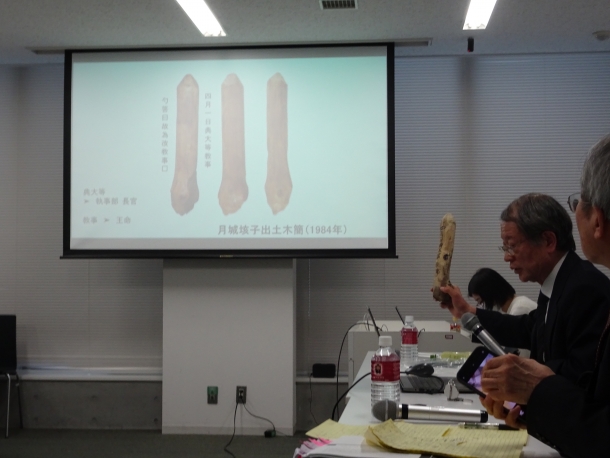
In the following lecture, for mokkan (a narrow strip of wood that were used to write on in ancient times) previously considered to have developed independently within the Japanese archipelago, Professor Sungsi Lee clearly argued that the research situation has changed dramatically with the discovery of approximately 50 Silla mokkan at Anapji Pond in Gyeongju, Korea in 1975, and that theories of ancient Japanese culture without looking at the existence of Korea can no longer be valid. He explained in chronological order: since then, there has been a series of discoveries of mokkan in Korea; Lee was selected for the 21st Century COE program in 2002; and he has been engaged in excavation, arrangement, and analysis of mokkan as a joint researcher with the National Research Institute of Cultural Heritage in Korea since 2004, and has accumulated basic research.
He carefully explained, citing actual examples, that as full-scale research on Korean mokkan began in the 1990s and more were unearthed, an important fact became clear: despite the overwhelming difference in the number of pieces unearthed (370,000 items in Japan / less than 1,000 in Korea), all the types identified in the Japanese mokkan were also covered in the Korean side.
Lee also explained the concept of Hieroglossia (sacred language system) proposed by Jean-Noël Robert as a useful methodology for analyzing the similarities between Japanese and Korean mokkan and their individual characteristics. It was very stimulating to see the macroscopic view of cultural transmission and reception from the perspective of the sacred language (Chinese) as opposed to the secular language (Japanese). Other issues discussed included the infrastructure for the use of mokkan, the characters used, and the range and regional characteristics of mokkan.
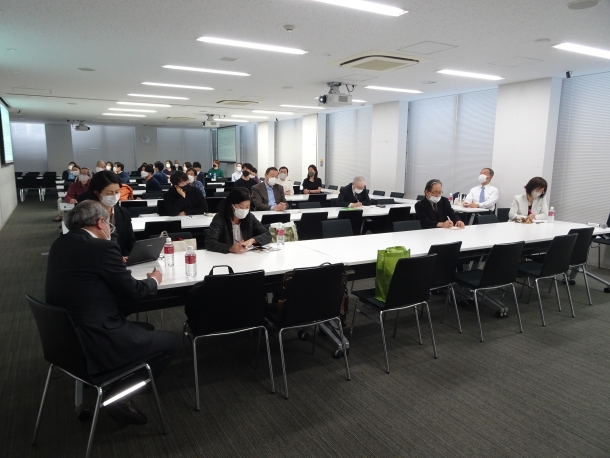
In response to this lecture, Professor Haruo Shirane of Columbia University spoke as a commentator on the characteristics of Lee’s research from three perspectives. First, as a researcher of “ancient East Asian history,” Lee clarified that we cannot understand ancient Japanese culture without looking at various issues on the Korean peninsula, not just the traditional “Sino-Japanese” or “Japanese-Chinese” studies.
Second, on the issue of the “East Asian cultural sphere,” Shirane spoke about what he learned from Lee regarding language and literature. In particular, Shirane emphasized that this time he did not see Chinese language and writings as a universal language and Japanese language and slang as a fixed dichotomy, but rather as fluidly fluctuating in value, and mentioned examples of sacred and secular language.
The third point concerns the “diaspora”. Shirane introduced how Lee, a second-generation Korean living in Japan, established his own identity and moved on to his own research, and then emphasized that the diaspora is extremely important in both ancient studies and literary studies.
Next, Shirane asked about future research directions. Lee responded that there was still much work to be done on the issues discussed in this lecture and that he would like to expand his research on Hieroglossia.
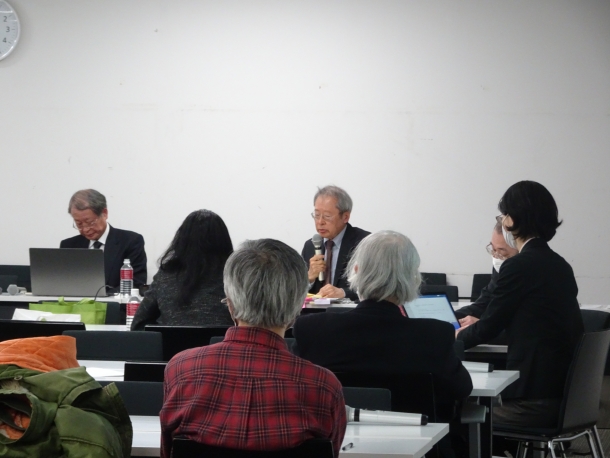 Afterwards, Kazuaki Komine, Professor Emeritus of Rikkyo University, asked questions from the floor about Korean and Chinese writing, the materials used for wooden writing brushes, inkstones, and sumi ink, the use of pointers, phonetic issues, the transition to paper, and issues related to hometown songs. Lee responded to each of these questions in detail, which was able to supplement the points unable to discuss in the limited time of his lecture.
Afterwards, Kazuaki Komine, Professor Emeritus of Rikkyo University, asked questions from the floor about Korean and Chinese writing, the materials used for wooden writing brushes, inkstones, and sumi ink, the use of pointers, phonetic issues, the transition to paper, and issues related to hometown songs. Lee responded to each of these questions in detail, which was able to supplement the points unable to discuss in the limited time of his lecture.
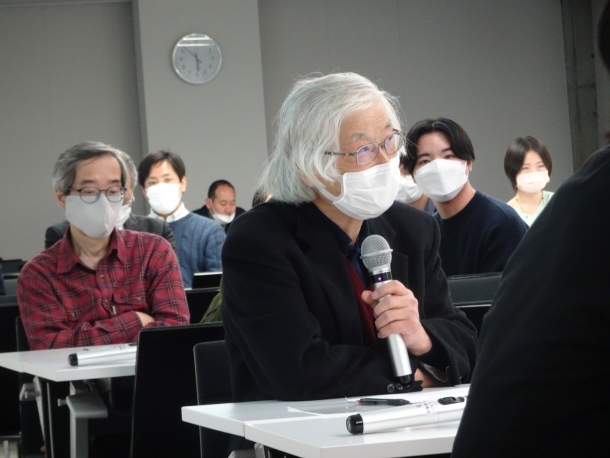
The lecture was concluded with a speech by the Unit Deputy Leader Kimiko Kono, who summarized the importance of Lee’s research.
Event Details
- Date and Time: March 10, 2023, 16:30-18:00 (JST)
- Vanue: Conference room 1, 33rd Bldg. F3, Toyama Campus, Waseda Univeristy
- Lecture: Sungsi Lee (Professor, Waseda University)
- Comment: Haruo Shirane (Shincho Professor, Columbia University, Honorary Member of The Japan Academy)
- Opening remarks: Hirokazu Toeda, (Professor, Waseda University)
- Introduction: Tomi Suzuki (Professor, Columbia University),
- Closing remarks: Kimiko Kono (Professor, Waseda University)
- Moderator: Hidenori Jinno (Professor, Waseda University), Satomi Yamamoto (Professor, Waseda University)
- Language: Japanese
- Venue: Conference Room 1, Bldg. 33, F3, Toyama Campus, Waseda University, and online
- Participation is free.
- Open to the public
- Sponsored by: Waseda University Research Institute for Letters, Arts and Sciences and the Ryusaku Tsunoda Center of Japanese Culture
- Co-sponsored by: Global Japanese Studies Model Unit, Waseda University Top Global University
- Links
- Columbia University
- Tags
- Event Reports
